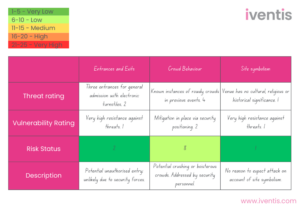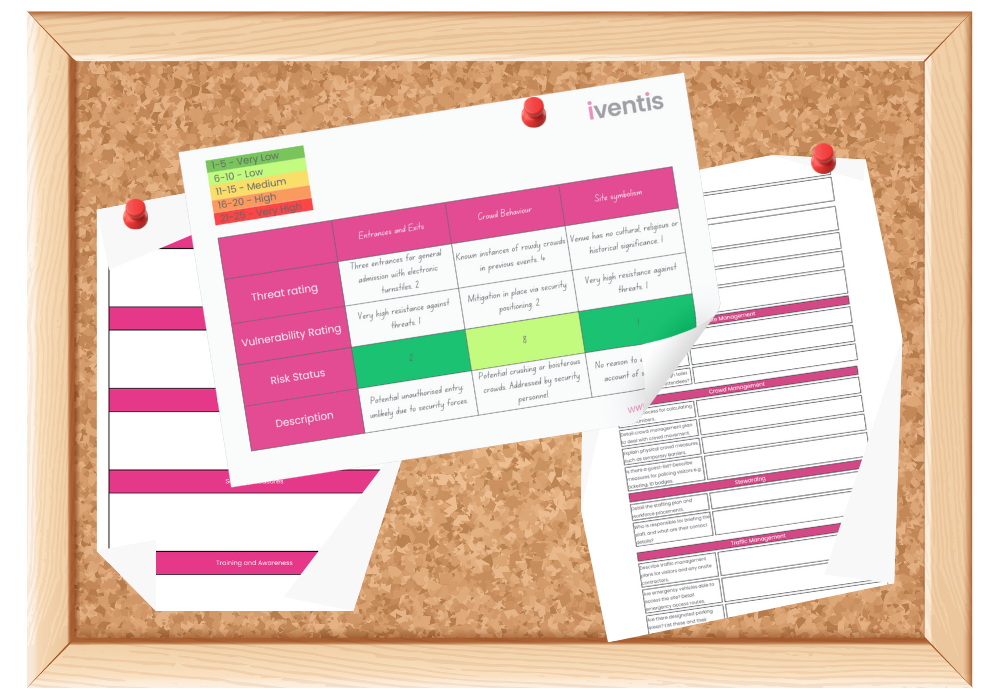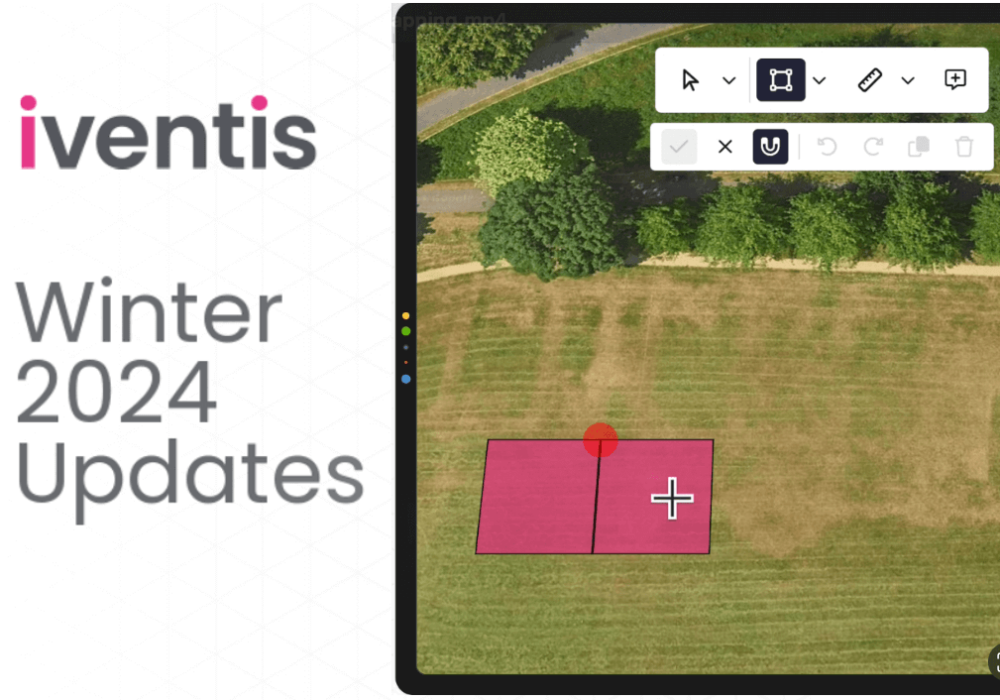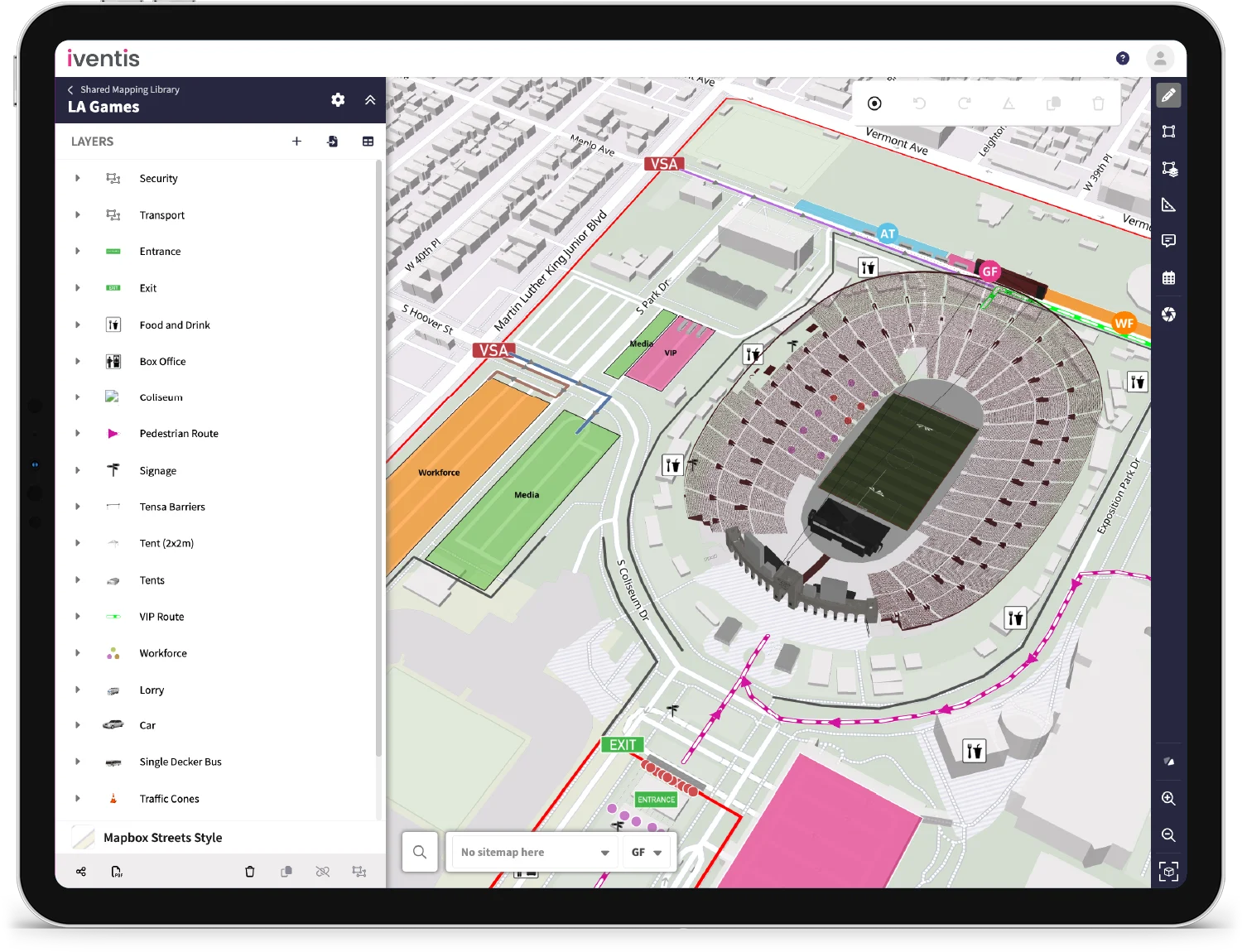Major events bring people together, often hosting thousands of visitors at a time. However, large crowds also create security risks. It’s crucial for event organisers to have a robust security plan in place to mitigate these risks and ensure a safe and enjoyable experience for all visitors.
Event security plans should be comprehensive and consider all potential threats, so it’s important to identify and assess the specific threats that need to be addressed.
For peace of mind, it’s best to work with professionals such as K4 Security, who specialist in event security.
However, if you prefer to create your own, continue reading to access tailored event security plan examples and templates to guide you.
What to include in your event security plan
Although it’s crucial for organisers to consider every potential hazard, it’s equally important to distinguish between security responsibilities and general health and safety. This ensures that your security plan remains focused, accessible, and relevant in an issue.
With this in mind, your security plan should include the following sections. The specific requirements will vary depending on your event type and venue, but using the security plan examples below as a guide will provide a solid foundation for any event.
Event security plan example
You can download the event security plan template here.
Executive Summary
The executive summary is where you outline the purpose and goals of your security plan. Describe the key areas the plan will address, focusing on high-risk security concerns or any unique aspects that may require special attention.
Introduction
Describe the scope of your plan and, importantly, define its limitations. Your security plan should not encompass every type of potential incident, such as trip hazards or electrical failure. The introduction should provide a clear and concise overview of the document’s specific objectives.
Site Parameters
Whether your event is indoors or outdoors, it’s critical to align your security plan with the specific layout and features of your venue or site. Include a detailed floor plan or map, highlighting key elements such as emergency exits, access points, and critical infrastructure.
Scope of Event
In this section, provide a clear explanation of the event and what it entails. Include key details such as the expected visitor count, the type of event, and any learnings gained from similar events or previous iterations of the event.
Risk Assessment
A comprehensive risk assessment often encompasses both security and general health and safety aspects. However, your security plan should focus specifically on the security aspects of your risk assessment. Assessing these security risks can be difficult, so using a formulaic approach can be helpful.
The Risk Status Approach

In this method, each potential incident is assigned a risk status based on its threat level relative to your event’s vulnerability. Each incident is rated on a risk scale between 1-25, with 1 indicating a very low risk and 25 representing a very high risk. Download a blank template for risk status identification here.
First, compile a list of all potential security incidents that could occur at your event. This can include terrorist attacks, cybersecurity breaches, state attacks or more. The UK government published the National Risk Register to help identify these threats.
You can also evaluate potential security risks by completing a security audit of your event. Download a template for this here.
Once you’ve identified potential risks, assign each one a threat level. Wherever possible, it should be based on existing knowledge, such as previous experiences at the venue, intelligence from the police, or signs of cultural unrest. Rate each threat level on a scale from 1 (very low) to 5 (very high).
Remember; the threat level should not be impacted by the perceived defense your event may have against the threat. The defenses will be factored into the calculation later, so for now, focus solely on the inherent threat itself.
Once you have the threat levels, the next step is to identify your event’s vulnerability to each identified threat. This is again scored on a scale of 1 to 5 and reflects how ready your event or venue is to tackle the issue, should it arise. Consider factors such as the number and placement of security personnel, entry restrictions, and the fortification of the venue and surrounding area.
After defining both threat levels and event vulnerabilities, multiply the two figures to calculate a risk status level for each incident. For example, if a threat is rated medium (3) and your vulnerability is low (2), the risk status would be:
Threat (3) x Vulnerability (2) = Low Risk Status (6)
Using the risk status method helps you to prioritise the most significant concerns and quantify the associated risks, leading to more measured decision making.
Policies and Procedures
Your venue or site is likely to be subject to regulations from local authorities such as police, fire services, or the council. It’s useful to note any applicable policies and procedures in this section so that they are easily accessible when required.
Security Measures
In previous sections, you identified threats that could harm your event and its visitors. Using this information, work out the priorities to mitigate these threats and allocate the security budget accordingly. The two main areas to consider are physical security and cybersecurity. However, your prior threat identification will inform the requirements for your unique event.
Training and Awareness
Any security staff should have the relevant training for their profession, and it’s the responsibility of the event organiser to ensure that the minimum training requirements have been met. List the required staff qualifications and certifications so that it is easy to cross reference and ensure appropriate training for all security personnel.
Compliance
Testing is a crucial part of any security plan. Record the findings of compliance audits or assessments in this section, including details of any drills undertaken by staff or software measures implemented to prevent cyber-attacks.
Budget and Resources
The security budget for an event is often pre-allocated and there may not be much wiggle room. However, it’s always useful to keep track of your budget in your security plan. Document the initial budget estimate and track the cost of required resources. This can help you stay on top of the budget and reduces the risk of overspending.
Creating a comprehensive security plan takes time and care, but it is crucial for keeping event goers safe. Plus, it is often a legal requirement. Some authorities may require specific formats, and specialist security firms will likely deliver their plans to their methods. However, the framework provided here offers a solid starting point for event organisers looking to deliver a safe, secure experience.
The Iventis Planner is a perfect tool for ensuring that security procedures are thoroughly planned, adaptable, and well-documented. To find out more about how Iventis can support your security planning needs, speak to one of our experts.





